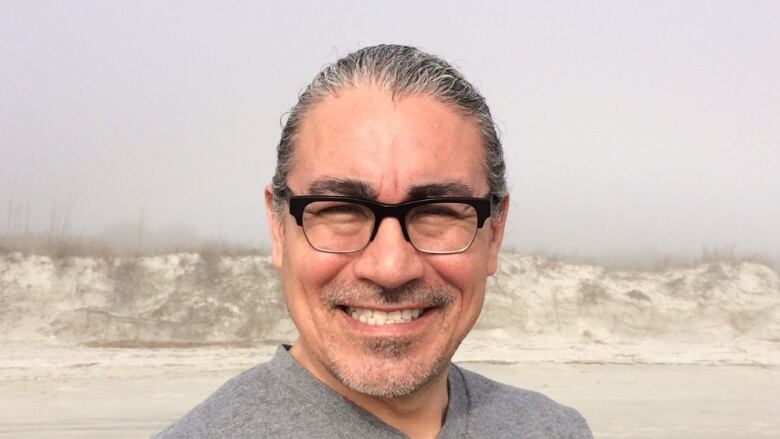BCCDC releases inclusive COVID-19 language guide
Guide partly in response to B.C. survey results showing some experienced stigma early on in the pandemic

The B.C. Centre for Disease Control has released a new guide detailinginclusive language around COVID-19 to prevent stigmatization of individuals or groups, as well asunnecessary fear and panic around the virus.
The guidewaspartly developed in response to survey results from British Columbians who said they experienced misinformation and stigma during the early days of the COVID-19 pandemic.
Harlan Pruden, an educator with the BCCDC'sChee Mamukprogram an Indigenous program that provides culturally appropriate training and practice models helped produce the guide.
"We needed a guide to talk about COVID [so] we weren't invoking fear and potentially stigmatizing the very folks that we want to engage so that they can modify their behaviours and so that they are not decreasing the likelihood or chances of them transmitting and/or getting COVID-19," said Pruden.
One example, informed by the work of HIV activists, is using language other than "infectious" and "infection" to describe someone with COVID-19.
"The word infection may carry a stigma or stigmatizing language about being contagious or a threat or unclean," Pruden said.
Instead of "infecting,"he says, you can use language like "transmits virus." Instead of a certain number of COVID-19 infections, you can say "COVID-19 virus transmissions."
"It is just reframing, what we're trying to do is dispel stigmatizing and fear-based language," Pruden said.
The guide also addresses how to speak about different groups of people and populations, like different racial, cultural and ethnic identities, those who use substances, people with disabilities, and survivors of violence.
"What we're doing is using a more precise language of who are we talking about andwe are using the most inclusive language by the community that would like them to be addressed that way," Pruden said.
With files from On The Coast












_(720p).jpg)


 OFFICIAL HD MUSIC VIDEO.jpg)
.jpg)



























































































